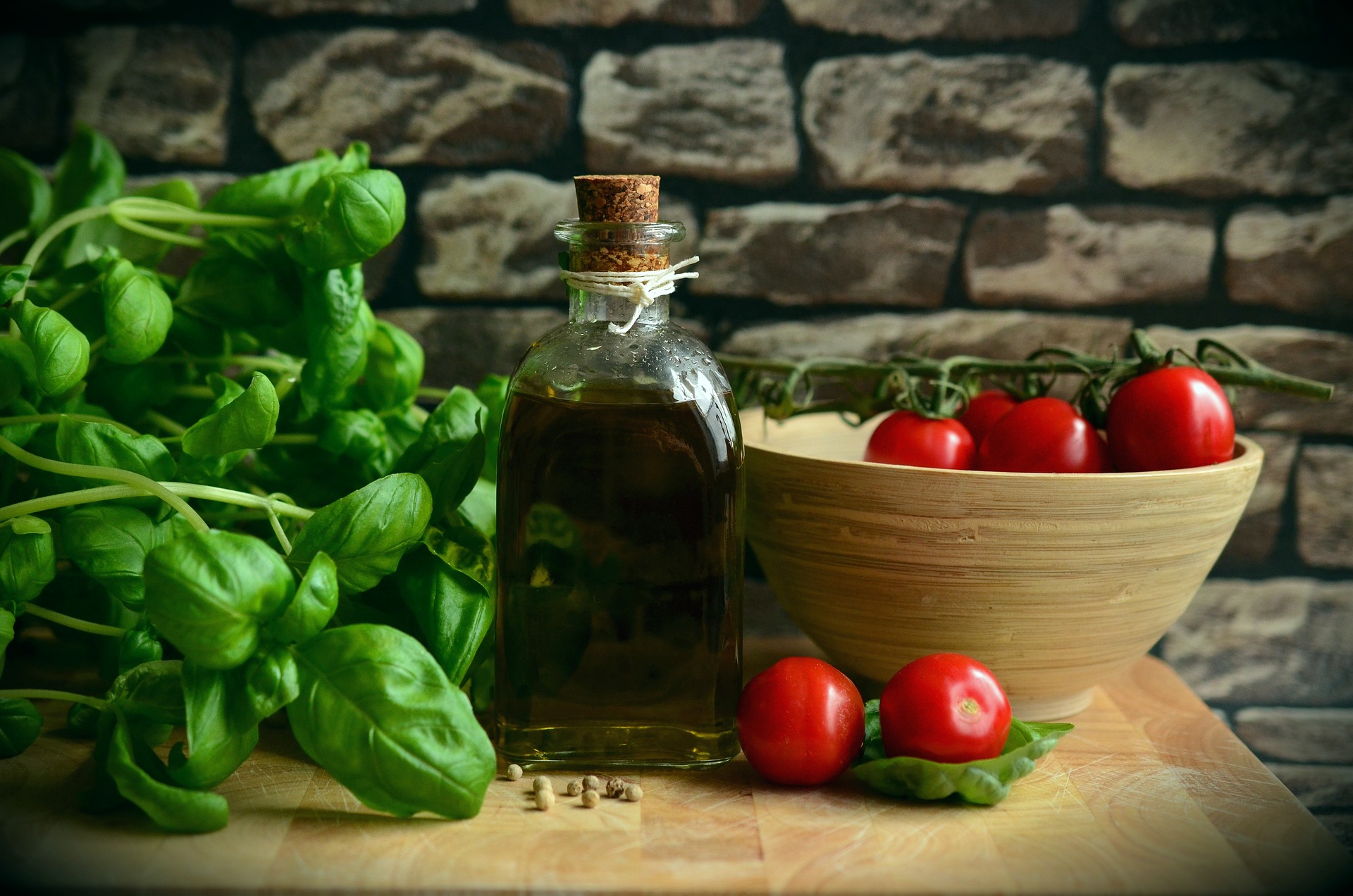In the springtime, we put our heart and soul into our gardens. This was especially true during the pandemic. People stayed home. They grew their own fruits and vegetables. This resulted in quite a few people returning to lives where agriculture was more a part of their daily life, as was true in the early 1900’s.
Now that the pandemic is over, people are still gardening. They’ve discovered a love for growing things and a taste for home-grown vegetables. Now that winter is upon us, we must take stock. There are a few helpful tips that can ensure you’ll be able to grow your own tomatoes again next spring.

Step One: Prepare for winter
Knowing that plants need sunshine to flourish, gardeners are aware that shorter days and frigid temperatures can cause a variety of problems. As autumn and winter approach, you might ask how to prepare your plants for the upcoming colder months. Even though it sometimes seems like a weighty task, homeowners who go above and beyond to get their gardens ready for the winter will see a difference in the health of their plants come April.
Step Two: Assess your failures and successes
In the fall, assess your garden. Fall is an excellent time to evaluate your garden’s successes and failures from the previous growing season, as well as any modifications you might want to make moving forward. The majority of outdoor plants may survive the winter outside and will reappear in the springtime. However, annuals must be removed from the garden and replaced with fresh plants each spring.
Step Three: Pruning
Gardeners should prune back perennials at the conclusion of the growing season after they have finished blooming so you can identify them when they emerge the following year. When your garden comes to life in the springtime and the plants appear healthier than ever, completing this small task will be satisfying.
Step Four: Mulch and insulate plants
Depending on where you reside, you’ll need to prepare your garden for the colder months. Make sure all of your planters and plants that remain outdoors, receive a thick coating of mulch to insulate them. This is especially important if you live in a chilly winter environment such as New York. Consider it like covering your plants with a blanket to keep them warm during the winter. Make sure to keep ceramic and terra-cotta pots in a cool, dry location to prevent freezing and cracking.

Step Five: Clean up
You don’t want to start with an untidy garden. Spend some time cleaning up so that your outdoor plants are ready for the next cooler months. Trim any dead leaves, get rid of any invasive weeds, and get rid of any plants that are unhealthy or pest-ridden. This will lessen issues for the following planting season.
Step Six: Plant some winter veggies
Plant veggies that can withstand cold weather and frost. You may enjoy growing a few cold-tolerant vegetables in the fall. An excellent superfood is beets. They should be sown in the fall and should be harvested seven to eight weeks later. The leaves, when fresh and tender, can even be eaten in salads before the bulbous roots are harvested.
Step Seven: Bring your herbs indoors
For the winter, bring your herbs indoors. Groundhogs hibernate, birds migrate south for the winter, and some plants, like herbs, do better indoors. Bring your edible garden inside if you wish to use it throughout the winter. Even though some herbs, like basil, can withstand the first frost, they typically don’t thrive in freezing weather.
Conclusion
Remember that gardening is something that can cure depression and alleviate stress. It feels good to dig in the ground, to plant seeds and see tiny spouts come up out of the earth. It’s a great hobby that heals the soul. Happy Gardening!

